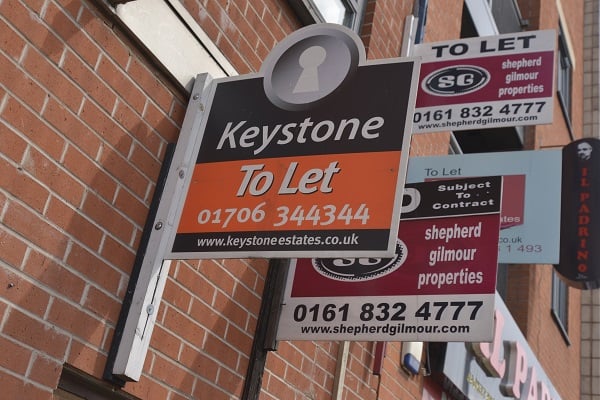A plan has just been announced to combat rising energy prices and this represents a positive move for millions of households.
There was also a nod to the importance of the housing market within the PM’s opening speech when she said ‘Now is the time to tackle the issues that are holding Britain back. We need to build roads, homes and broadband faster.’
The provision of good quality homes has long been high on the government’s agenda but landlords have tended to bear the brunt of regulatory change in more recent times and it will be interesting to see if there is any shift in this approach.
Let’s hope that the new cabinet and – surprise, surprise – a new housing minister, appreciate just how vital the role landlords play in the overall housing market following a period where they have been bestowed with restrictions to income tax relief, buy-to-let stamp duty increases and changes to capital gains tax.
Thankfully, whilst this unwelcome combination of legislative change has resulted in many additional challenges, the number of landlords within the British rental market is suggested to have climbed by 2.4% since 2016/17, with the biggest increases seen in the capital.
This is according to the latest market analysis from Total Landlord Insurance which showed that almost 2.6 million make a living as a landlord across the UK.
On a regional basis, London is not only home to the most landlords at 463,200, but the region has also seen the largest increase since 2016/17 – up by 8.4%. The East of England (4%) and South East (3.4%) have also seen some of the largest uplifts in landlord numbers, with the South East home to the second highest number at 459,410.
However, not every area has seen this figure increase. In Wales, the number of landlords has fallen by -3.9%. The South West has seen a decline of -1.5%, with the North East (-0.6%) and Scotland (-0.3%) also seeing a decline, albeit to a lesser degree.
London has also experienced some of the largest increases in landlord numbers at the local authority level. The City of London has seen a 37% increase in the number of landlords since 2016/17, with Barking and Dagenham home to the second highest increase at 20%.
Outside of London, Slough has seen the largest increase, up 20%. Newham (16%) and Thurrock (16%) also rank within the top five where the largest increase in landlord numbers is concerned.
In contrast, the number of operational landlords has declined by -13% in Pembrokeshire, along with Allerdare and Gwynedd. Ceredigion (-12%) and Scarborough (-12%) have also endured some of the largest declines in landlord numbers.
This data helps reflect how resilient the buy-to-let market is and how property is still being viewed as an attractive investment opportunity, especially at the more professional end of the landlord spectrum.
And it further outlines how diverse the landlord picture can be from region to region, even within different postcodes throughout these regions.
The impact from a tenant perspective also remains evident, as limited rental stock will continue to make it even tougher for those in certain areas to overcome rising rents and escalating living costs.
These are all factors which the new cabinet has to take into account. It’s a delicate balancing act, but one which needs urgent attention.






Leave a Comment